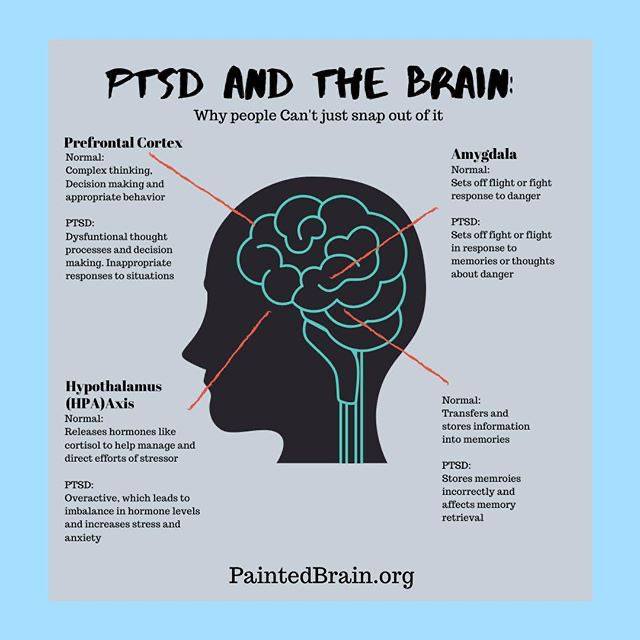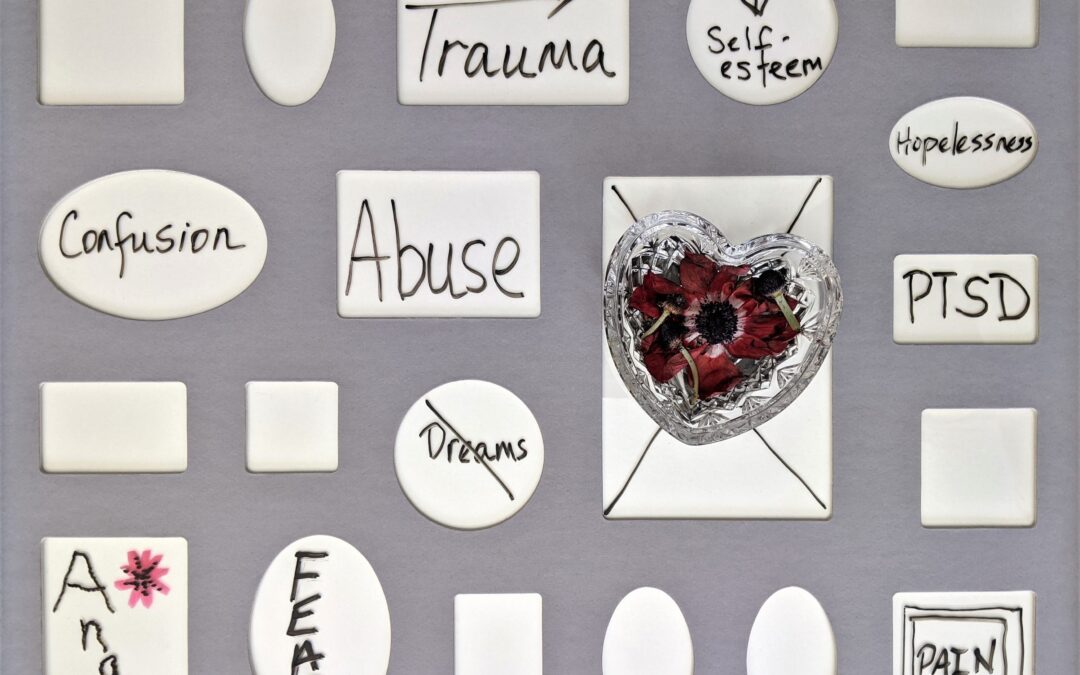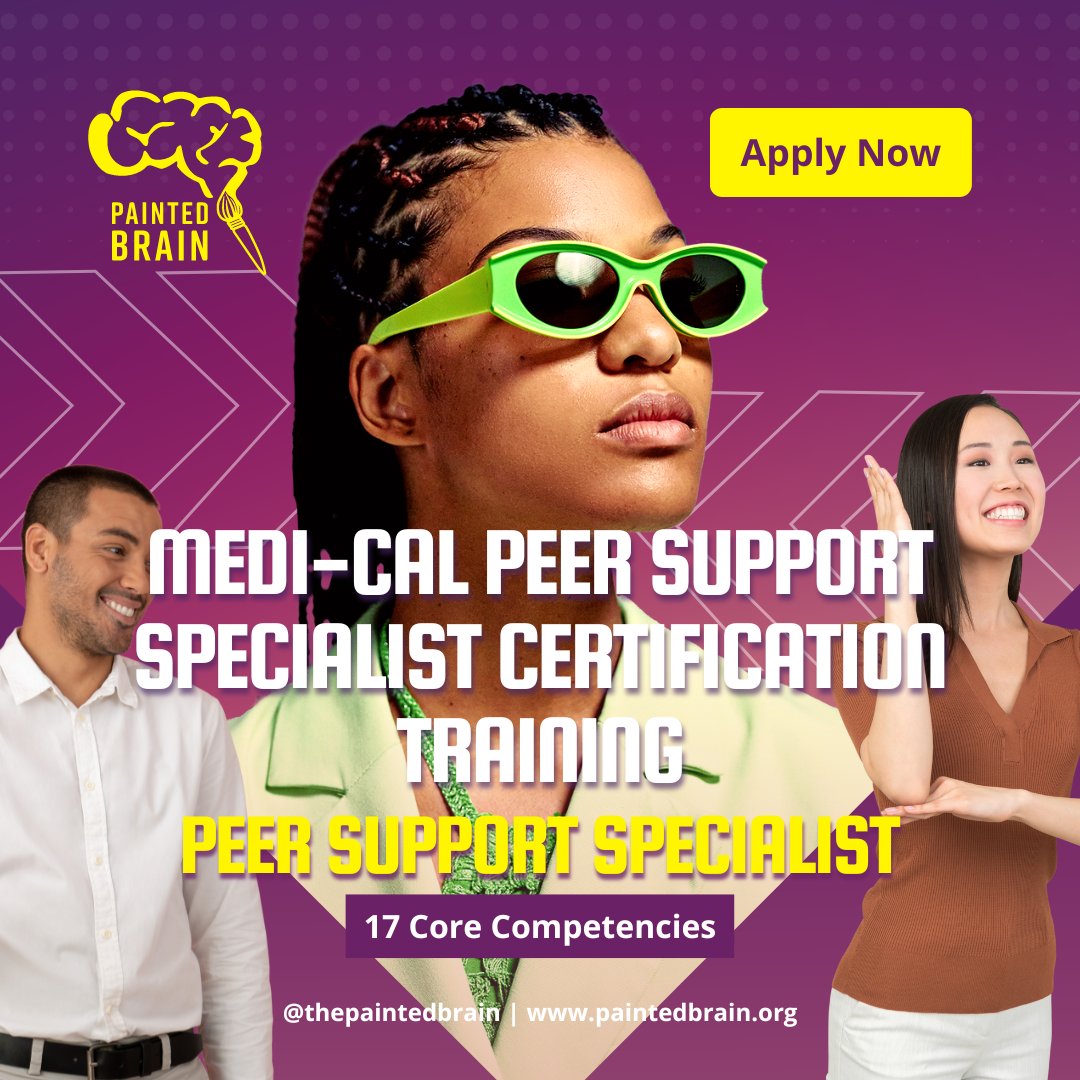Experiencing a trauma–be it a violent crime, seeing combat, a natural disaster, or any number of other events–can be one of the most devastating experiences in a person’s life. It’s no wonder that the consequences can sometimes result in the development of Post-Traumatic Stress Disorder (PTSD).
PTSD affects approximately 3.5% of the US population, and it is estimated that one in 11 people will be diagnosed within their lifetime. Women are almost twice as likely to have PTSD as men, and approximately 3% of active-duty service members have a PTSD diagnosis, and between 11-20% of veterans receive this diagnosis.
PTSD and other mental health conditions are an important issue to talk about. Many disorders are treatable and sometimes individuals don’t seek help because of the long-standing history of stigma surrounding mental health.
More than half of people with mental illness don’t receive help for their disorders. A major reason why this is likely the case, is due to the stigma, prejudice and discrimination against people with mental illness–and that it’s still very much a problem.
Understanding mental health disorders, and understanding what stigma around them looks like and how to address and eradicate it, can help.

70% of all Americans within their lifetime will experience some type of major traumatic event. Out of that group, about 20% will develop symptoms of PTSD. This can include men, women, and children. Those exposed to abuse, neglect, domestic violence, and rape are especially susceptible to develop PTSD.
What is PTSD?
Post-Traumatic Stress Disorder (PTSD) is a psychiatric disorder that is triggered by traumatic events–either experiencing them or witnessing them. It has been described as being a disorder where you “can never forget.”
Typically, like old photographs, memories fade in their quality and vividness over time. However, with PTSD, the opposite sometimes occurs, where they become more amplified. When this happens, it also impacts individuals abilities to assess risks and threats in their environment.
Characteristics of PTSD
There are four different major symptoms of PTSD.
The first is intruding thoughts, where an individual may have involuntary memories and flashbacks or nightmares, where they feel like they are almost reliving the traumatic experience.
Avoidance is another symptom, in which individuals will make every effort to evade things that remind them of the trauma–including people, places, activities, objects or situations that might end up triggering a distressing memory.
Individuals with PTSD also have alterations in cognition and mood. They may have trouble with memory in regards to the event, or they may develop “tunnel vision” about certain aspects.
Distorted thoughts are often associated with PTSD. They may have negative thoughts regarding themselves or others, in regards to the traumatic event.
Over-arousal and reactivity is the last major characteristic of PTSD. Individuals who suffer from this mental disorder may be easily startled, have problems concentrating or sleeping, and feel like they constantly need to be aware of everything around them.
What is Stigma, Prejudice and Discrimination?
Generally speaking, stigma often comes from a lack of understanding or fear of something. Inaccurate representations of mental illness contribute to this.
A review of studies focused on stigma show that while the public may be overall accepting of the genetic factors surrounding a mental health diagnosis and the need for treatment, many people still have a negative view.
According to researchers, there are three types of stigma:
- Public stigma involves discriminatory attitudes that others have about mental health.
- Self-stigma refers to internalized and self shame about mental illness/their condition.
- Institutional stigma is systemic in nature, where opportunities might be limited for those with mental illnesses (limited mental health services, for example).
The stigma of mental illness is a universal concept. In a 2016 study on stigma, it was concluded that “there is no country, society or culture where people with mental illness have the same societal value as people without mental illness.”
The Harmful Effects of Stigma and Discrimination
Perhaps one of the most devastating impacts of stigma, is that it can contribute to worsening symptoms and the reduced likelihood of seeking out treatment. In a recent research review, it was found that self-stigma often leads to negative effects on recovery among people diagnosed with severe mental illnesses.
Some of these effects included:
- Reduced hope
- Increased psychiatric symptoms
- Reduced likelihood of getting and staying in treatment
- Lower self esteem
- Difficulties with social relationships
In a study conducted in 2017, involving over 200 individuals with mental illnesses, it was found that the greater the self-stigma, the poorer the outcome of recovery.
How to Address the Stigma of Mental Health
In a 2020 national survey of 14-to 22-year-olds, it was concluded that over 90 percent of teens and young adults who were experiencing mental health symptoms, researched about it on the internet.
They often utilized sources that showcased others stories and experiences, be it through blog posts, videos, podcasts, etc. Many of the participants explained that they were looking for something relatable to them, who were going through similar experiences.
The biggest conclusion of this survey? People are looking for personal stories to identify with. Others who could affirm that they were not alone in their struggles.
The National Alliance on Mental Illness (NAMI) encourages the public to be “stigma free” in regards to mental illness. They offer a handful of suggestions they gathered through social media, on how to put this into action.
- Talk openly about mental health.
- Educate yourself and others.
- Be conscious of your language.
- Encourage equality between physical and mental illness.
- Show compassion for those who have mental illness.
- Choose empowerment over shame.
- Be honest about treatment.
- Don’t harbor self-stigma.
Healthcare has been moving toward trauma informed care, which recognizes the impacts of trauma and the stigma and symptoms of trauma and PTSD. It’s an attempt to understand and meet people where they are; it is compassionate and avoids judgment.
Language is also an important key to breaking down stigma, as well as education. Challenging how we speak to others, and educating ourselves and others about mental health conditions, is crucial in solving the problem. The idea is to create a culture of awareness and feedback.
Resources for Those Struggling with PTSD
The National Center for PTSD has information and videos to help you understand treatment options available and choose the treatment that is right for you or a loved one.
If you or a loved one is in a crisis, there are resources available:
- Veterans Crisis Line 800-273-8255
- National Sexual Assault Hotline 800-656-HOPE (4673)
- National Alliance on Mental Illness (NAMI) Helpline 800-950-NAMI (6264)
Peer Support Specialist Certification Training Available!
Since 2009, Painted Brain has been advocating for peer-driven services using the recovery model, and in September 2020 Senate Bill 803 was finally passed.
SB 803 recognizes the value of peer support.
Now, peer support services are Medi-Cal billable!
Painted Brain applied to become an approved training vendor for Medi-Cal Peer Support Specialist Certification in the state of California, and we’re pleased to announce that we are now an approved vendor!
For more information on how to get training, please sign up for our waitlist here.



